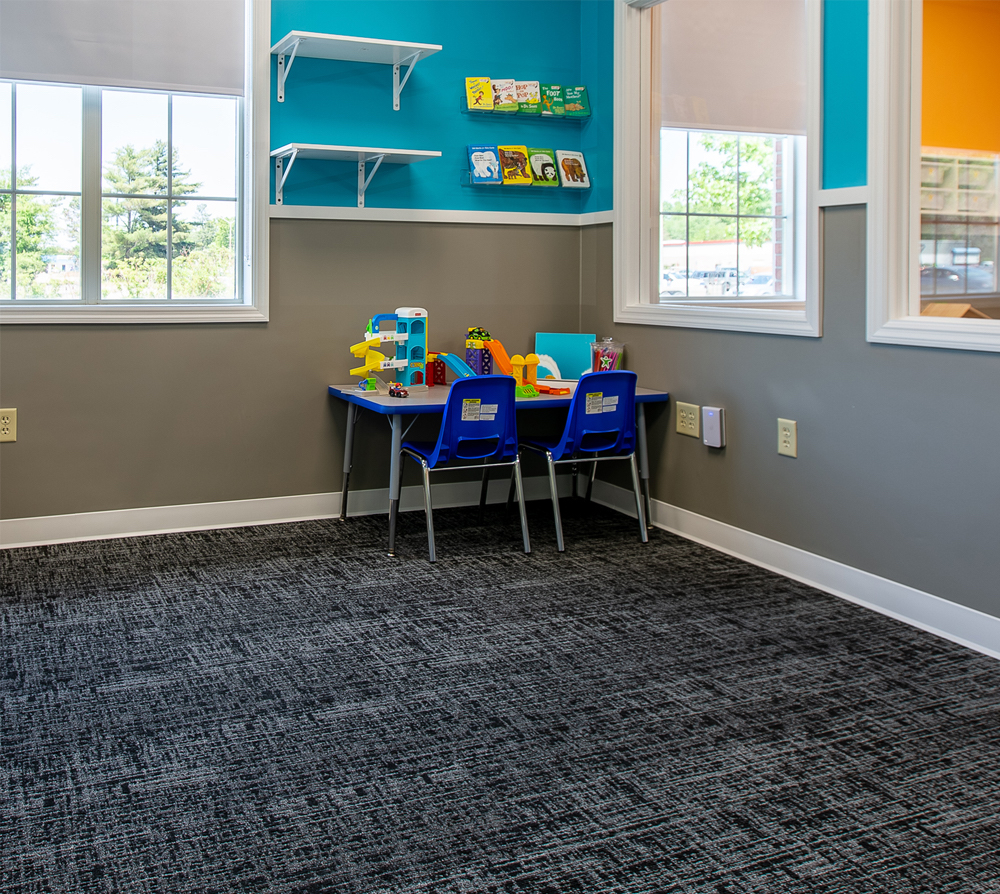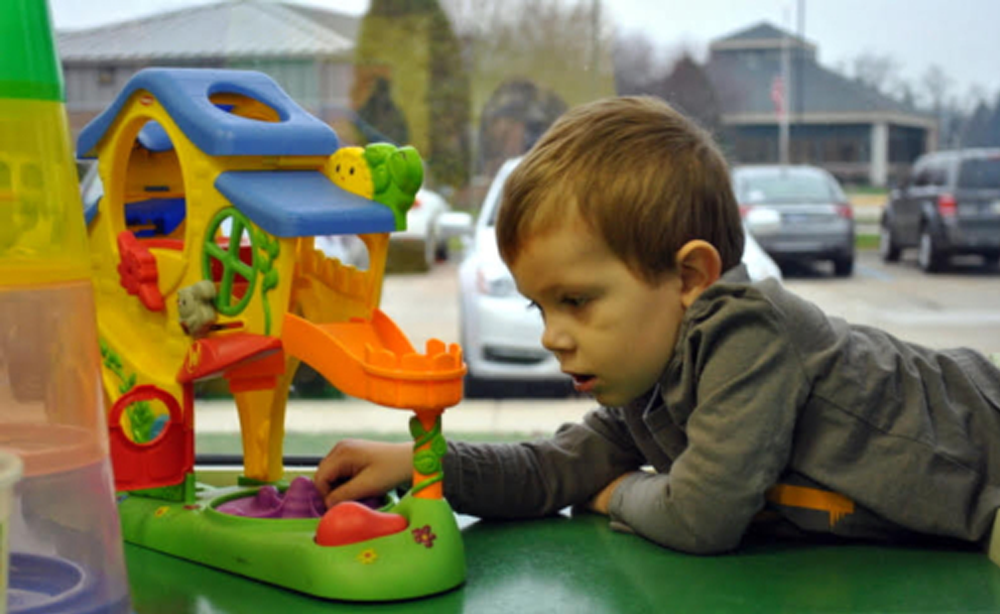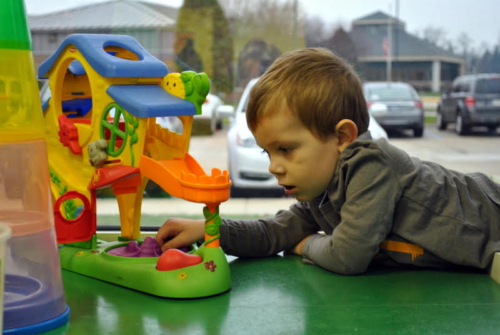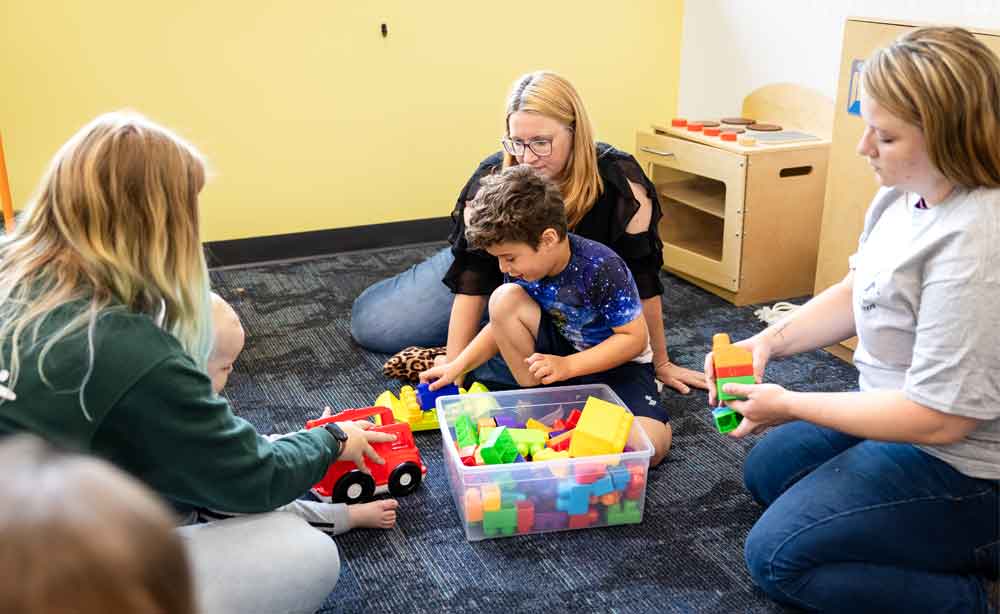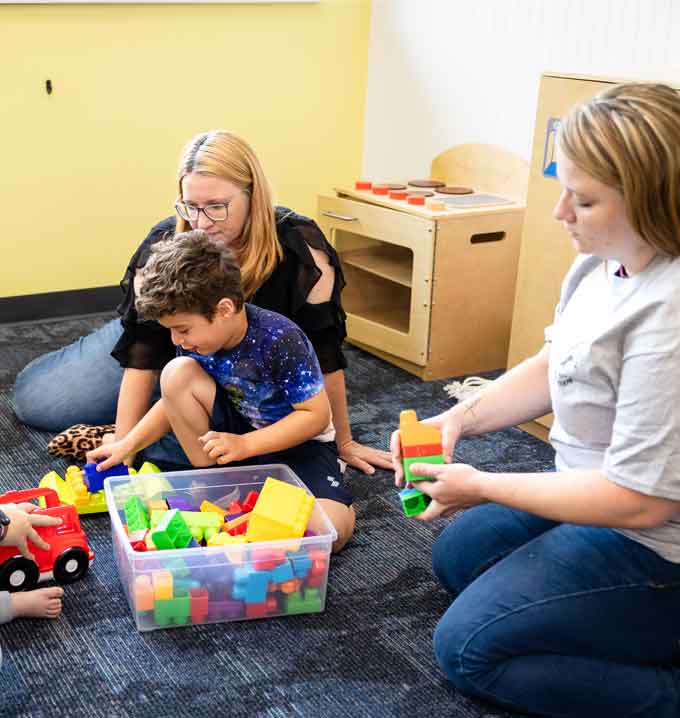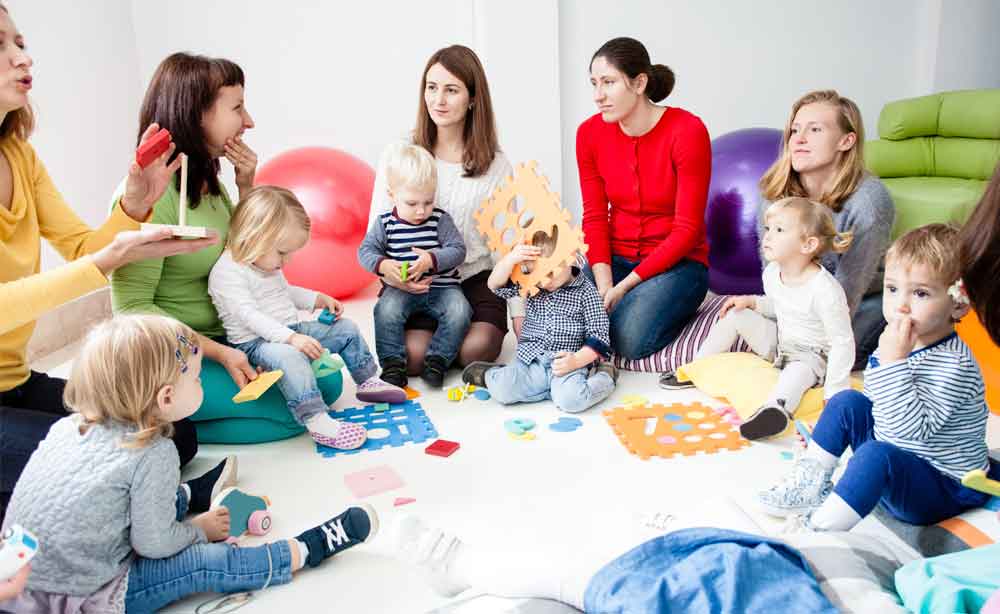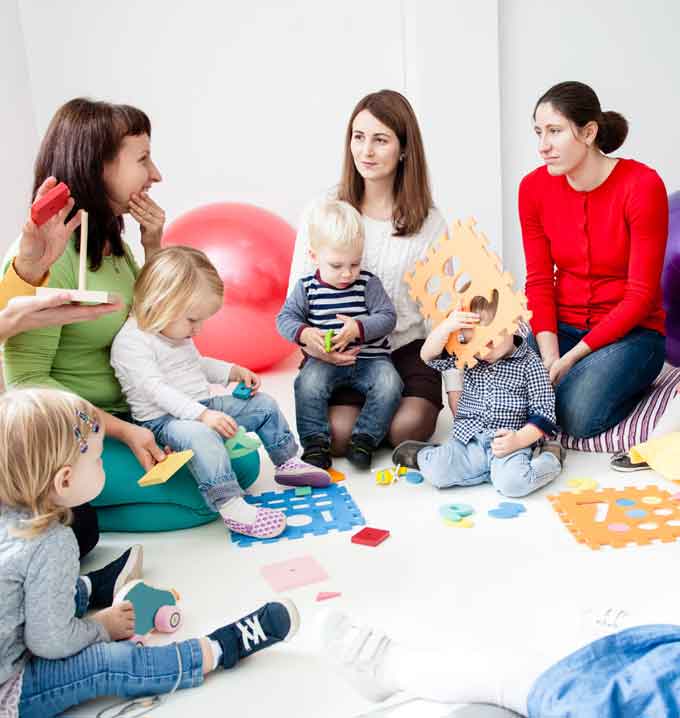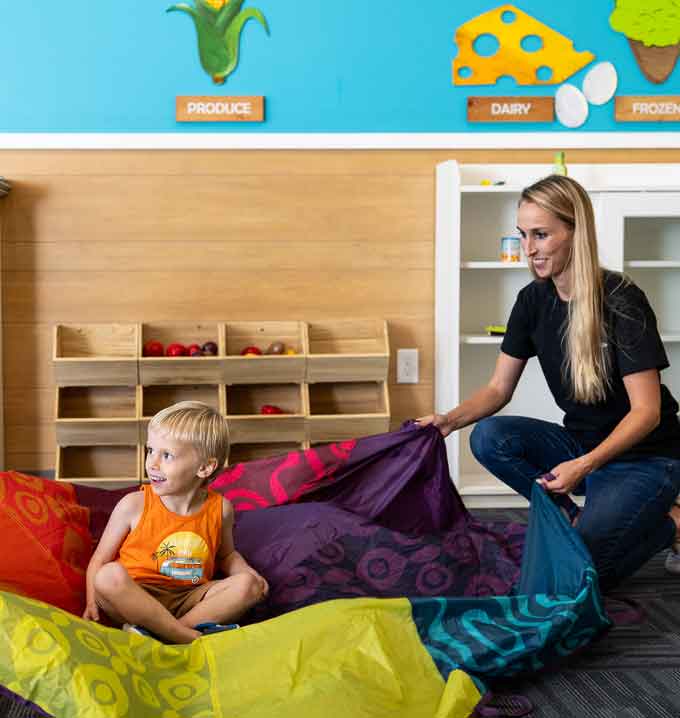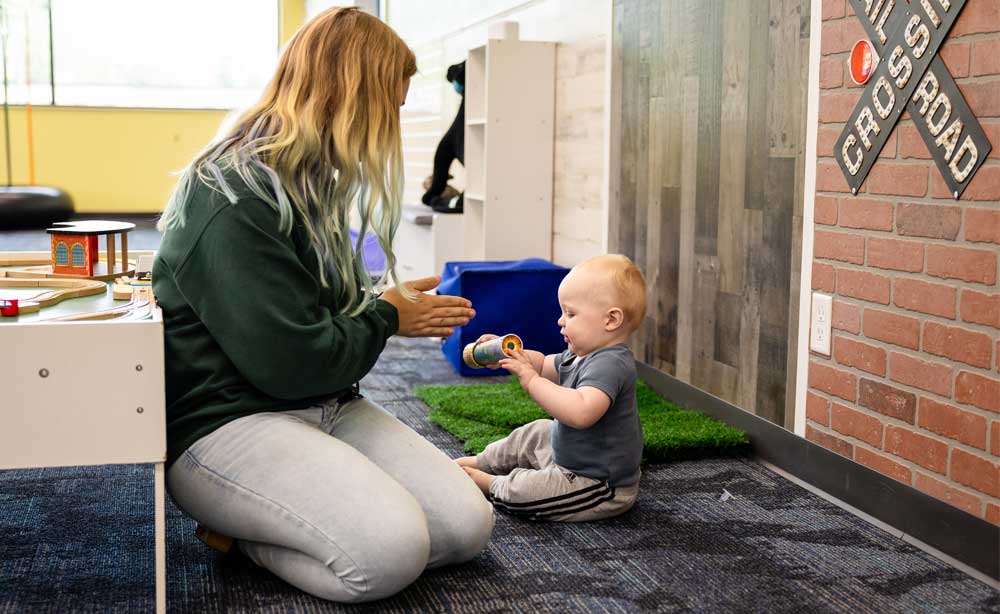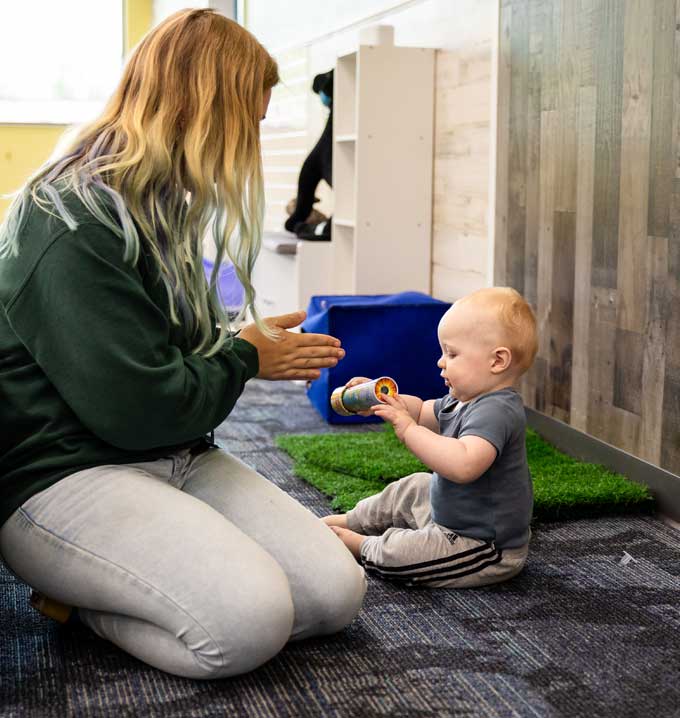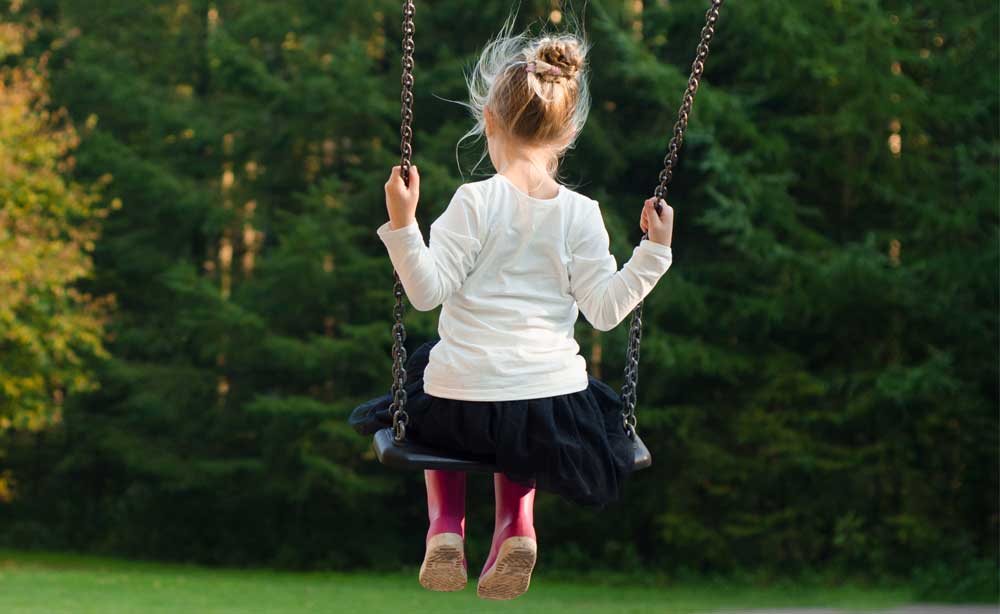Special Needs Bikes, Trikes and Trailers: Enjoying Bike Riding with Your Child
It is that time of year when things start to heat up, and everyone begins looking for fun activities to do outdoors. A favorite pastime for many families in search of fun and connection in the fresh air is bike riding. For children with autism and other special needs, though, bike riding doesn’t come easily as it may for others. Having to coordinate steering, pedaling, and balancing is often a difficult task for most children to begin with. Children with Down syndrome, cerebral palsy, spina bifida, autism spectrum disorder, or other similar conditions may never be able to ride a two-wheeler on their own. But that doesn’t mean a fun outdoor ride is out of reach.
A List of Bikes for Autistic Children to Enjoy
Adaptive bikes, trikes, and trailers can allow you and your child to enjoy bike riding together. There are a number of really good options out there; the key is finding the solution that works best for you and your child. While Lighthouse Autism Center doesn’t endorse any one particular brand or device over another, here are a few that we thought might be helpful based on reviews. These range in price and go from just over a hundred dollars for early riders to upwards of $5,000 for fully customized adaptive cycles.
Buddy Bikes
Buddy Bikes are modified tandem bicycles designed to accommodate riders with special needs, making them a great choice for anyone looking to purchase bikes for autistic kids. Unlike traditional tandem bikes, where the driver sits in front, Buddy Bikes position the driver at the back, while the other rider (your child) sits in a lower seat up front, allowing for better supervision, communication, and shared control. This configuration is especially helpful for riders with autism or mobility challenges who benefit from additional support and stability.
Unfortunately, Buddy Bikes isn’t producing any new inventory in 2025, but this may change in the future. They have a range of pre-owned trade-in models, and you can join a waiting list to keep up to date, or you may be able to find them at other retail or online stores. They’re recommended for riders aged four and older (depending on the model), with multiple sizing and customization options available to accommodate individual needs.
Bike Trailers
For children who aren’t able to ride independently, special needs trailer bikes offer a safe and inclusive way to enjoy outdoor adventures with family. Whether pulled by a parent or older sibling, these adaptive trailers provide comfort, security, and flexibility for riders with autism and other developmental needs.
Burley Trailers
Burley.com offers a wide range of trailers that attach to an adult bike, depending on the type of biking you do. One model that is popular among riders, and has been modified and updated over the years, is the Honey Bee, a double-capacity trailer that easily converts into a stroller. It features a 100-lb weight limit, UV-protective windows, and a 5-point harness system, making it a reliable choice for families seeking versatility and safety. The 2025 model retails for around $500.
Wike Trailers
Wike Special Needs Trailers (formerly known as Wicycle) are thoughtfully designed to accommodate older or larger children. The Large Special Needs Trailer fits riders up to 5’4″ and 125 lbs, and includes conversion kits for stroller and jogger use. Features like a retractable canopy, 5-point harness, and impact protection offer caregivers comfort and peace of mind.
For those needing even more room and support, the Extra-Large Special Needs Trailer accommodates individuals up to 5’10” and 200 lbs. It comes equipped with roll-up windows, dual-mode braking, and a reinforced aluminum frame for enhanced safety and durability. Pricing ranges from approximately $1,499 to $1,999, depending on the model you choose.
Zigo Carrier Bicycles
The Zigo Leader X2 Carrier Bicycle offers a modular and inclusive cycling experience for families looking beyond traditional trailers. Modeled after the Dutch Cargo Bike, it features a front-mounted ChildPod that seats one or two children, allowing direct visibility and easier communication, which is especially valuable for children with autism or sensory sensitivities. The system quickly converts into a stroller, jogger, trailer, or standalone bike using its patented LeaderLink System. Safety features include padded 5-point harnesses, a sun-protective canopy, and drum brakes for controlled stopping. With ADA-compliant dimensions and fold-flat portability, it’s designed with accessibility in mind. Pricing for the current model ranges from $1,200 to $1,700, depending on configuration and accessories.
Freedom Concepts Inc.
With Freedom Concepts Inc., every adaptive bicycle they build is designed for mobility, therapy, recreation, fun, and freedom. Their adaptive bikes are built through the feedback received from parents, riders, consumers, and therapists in the medical industry. Each Freedom Concepts model is thoughtfully designed to accommodate the needs of individuals with physical, cognitive, and developmental disabilities.
Their product line includes upright tricycles, semi-recumbents, tandems, and handcycles, each tailored to the rider’s unique specifications through adjustable seating, footplates, and headrests. Popular series, such as Discovery (for young children), Adventurer (for teens and adults), and Odyssey (semi-recumbent for GMFCS levels 1–3), offer therapeutic benefits while promoting independence, mobility, and recreation. Pricing varies, depending on model and customization.
Worksman Cycles
Worksman Cycles has been manufacturing bicycles in the U.S. since 1898, offering safe, stable, and stylish mobility solutions for riders of all abilities. Their special needs trikes support motor skill development, endurance, and inclusive play, making them ideal for children with autism and other developmental needs. Models like the Micah Flagship Deluxe and Developmental Youth Trike feature caregiver steering, adjustable components, and platform pedals with heel support, all designed to promote independence and confidence. Worksman’s commitment to affordability ensures that families and clinicians can access high-quality adaptive cycles without inflated specialty pricing. Most models range from $549 to $2,699, with customization options available to meet individual therapeutic goals.
Adaptive Mall
Adaptive Mall offers a curated selection of adaptive tricycles, balance bikes, and hand-and-foot cycles for children and adults with mild to complex support needs. Their catalog includes therapist-recommended models from brands like Freedom Concepts, Rifton, and Triaid, each designed to promote mobility, coordination, and independence. Tricycles such as the Triaid Terrier and Rifton Large feature adjustable seating, postural support, and caregiver-assist steering options, making them ideal for riders with autism, cerebral palsy, or other developmental challenges. Pricing ranges from $1,500 to $7,400, depending on size and customization, and Adaptive Mall’s team provides personalized guidance to help families find the right fit for their child’s therapeutic and recreational goals.
Amazon’s Special Needs Bikes
To explore other models and brands for special needs tricycles, bikes, and trailers, shop for special needs bikes on Amazon.
Learn More With Lighthouse Autism Center
Exploring adaptive bikes and trailers opens up new opportunities for families to connect, move, and create lasting memories. For more insights on autism-friendly activities and therapeutic support, visit the Lighthouse Autism Center blog.

